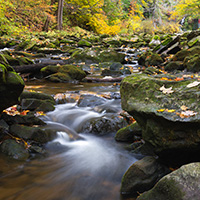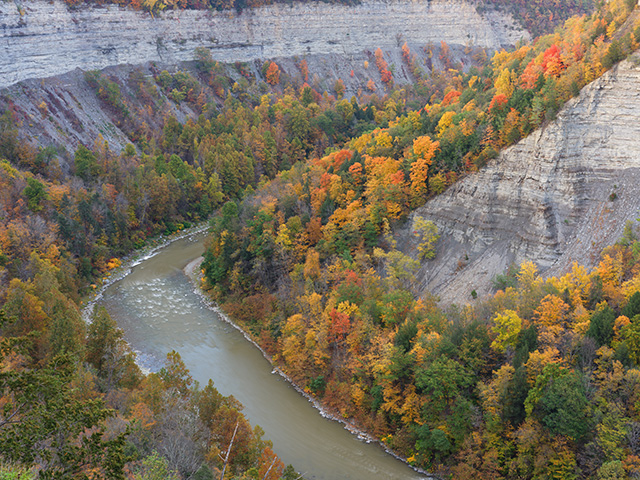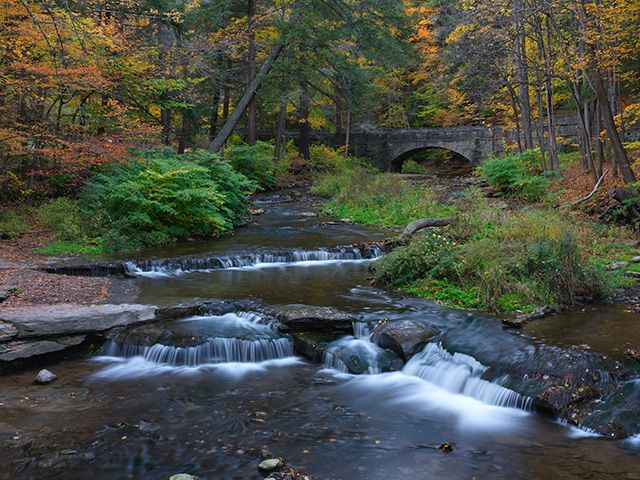Hasselblad X2D 100C Gallery: Come see our real-world shots from Hasselblad’s new 100MP medium-format camera
posted Wednesday, November 9, 2022 at 4:55 PM EDT
Click here to view our Hasselblad X2D 100C Gallery

Hasselblad's new 100-megapixel medium-format camera, the X2D 100C, is an extremely stylish camera with fantastic image quality, to boot. I recently had the chance to go hands-on with the new camera, my first experience with a Hasselblad camera. While my full hands-on review is still in the works, my real-world test images are available to view and download now in our Hasselblad X2D 100C Gallery.
While my full review will go in-depth about the X2D 100C's design and usability, I'd be remiss if I didn't mention or at least touch on the topic. After all, a big part of Hasselblad's appeal is its excellent design and build quality. The X2D 100C is no exception. The camera may have the same image sensor as the Fujifilm GFX 100S, but the two cameras' approaches are very different. Whereas the GFX 100S goes for a more traditional dial-driven design with many buttons, the X2D 100C relies heavily on its large, sharp touchscreen. There are buttons and dials, but not many. As for the "feel" of the camera, the X2D 100C feels like an extremely high-end, premium device. That isn't to say that the GFX 100S feels bad because it doesn't, but the X2D 100C feels especially excellent.

While the high ISO performance is good, you get the most from the sensor when you shoot at lower ISOs. At base ISO (64), the X2D 100C delivers images with impeccable detail, far beyond what you can get from even the best full-frame cameras. The dynamic range is also fantastic, both in-camera and when editing raw images in your editor of choice – I used Hasselblad's free in-house software, Phocus. You can salvage a significant amount of detail from highlights and shadows, even when an image looks blown out.

As for autofocus, the X2D 100C's sensor includes phase-detect AF points, which means the camera has a hybrid autofocus system. The original X1D 50C and its Mark II successor relied solely on contrast-detect AF. I can't speak to any specific improvements, having never used those cameras, but when Fujifilm moved the GFX system into hybrid AF territory, the gains were significant. I imagine similar improvements are at play here with the X2D 100C.

There's a lot more to discuss about the X2D 100C, including its overall performance, super-sharp and large EVF, user interface, and built-in SSD. These topics and more will be covered in my full review. Until then, head to the Hasselblad X2D 100C Gallery.